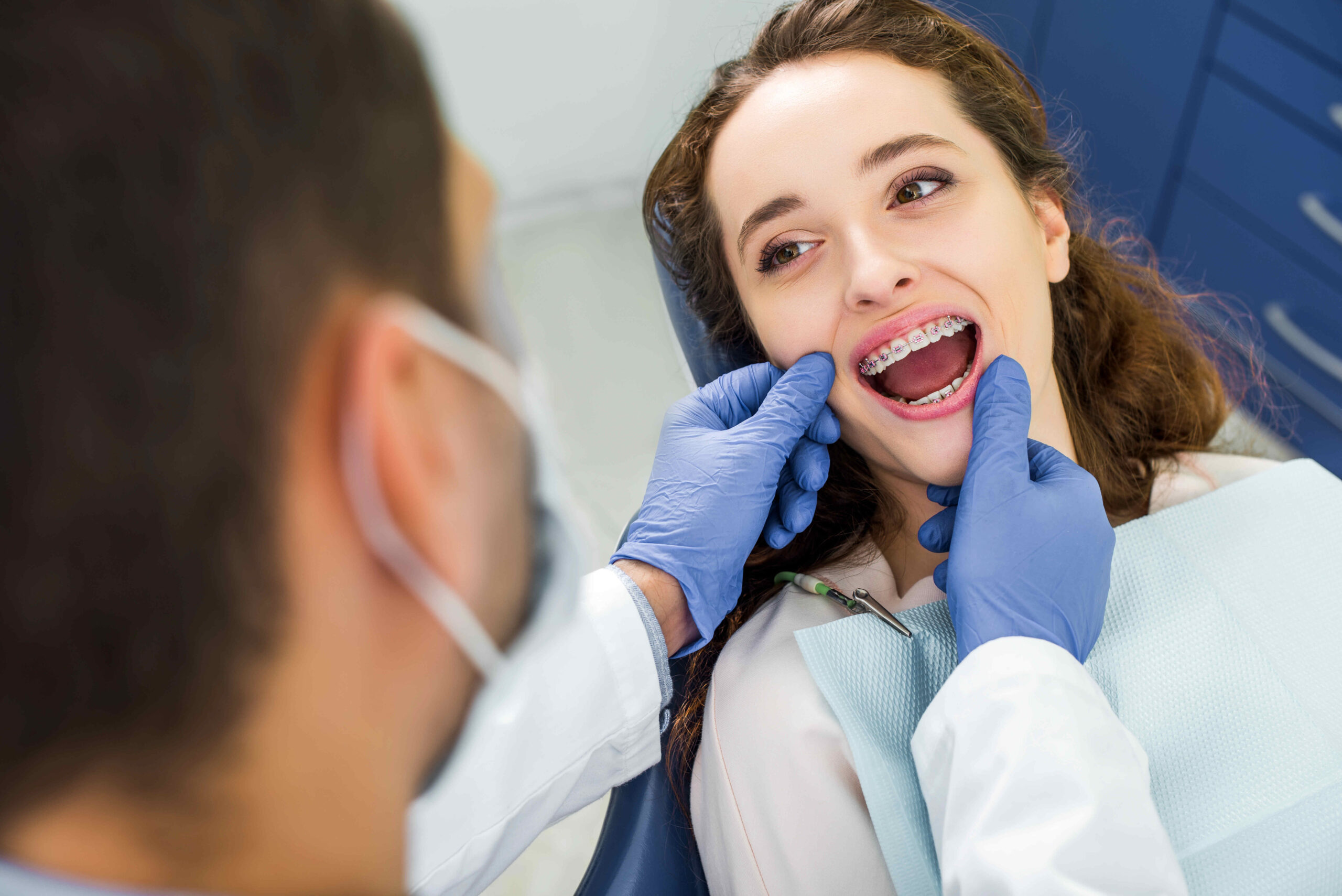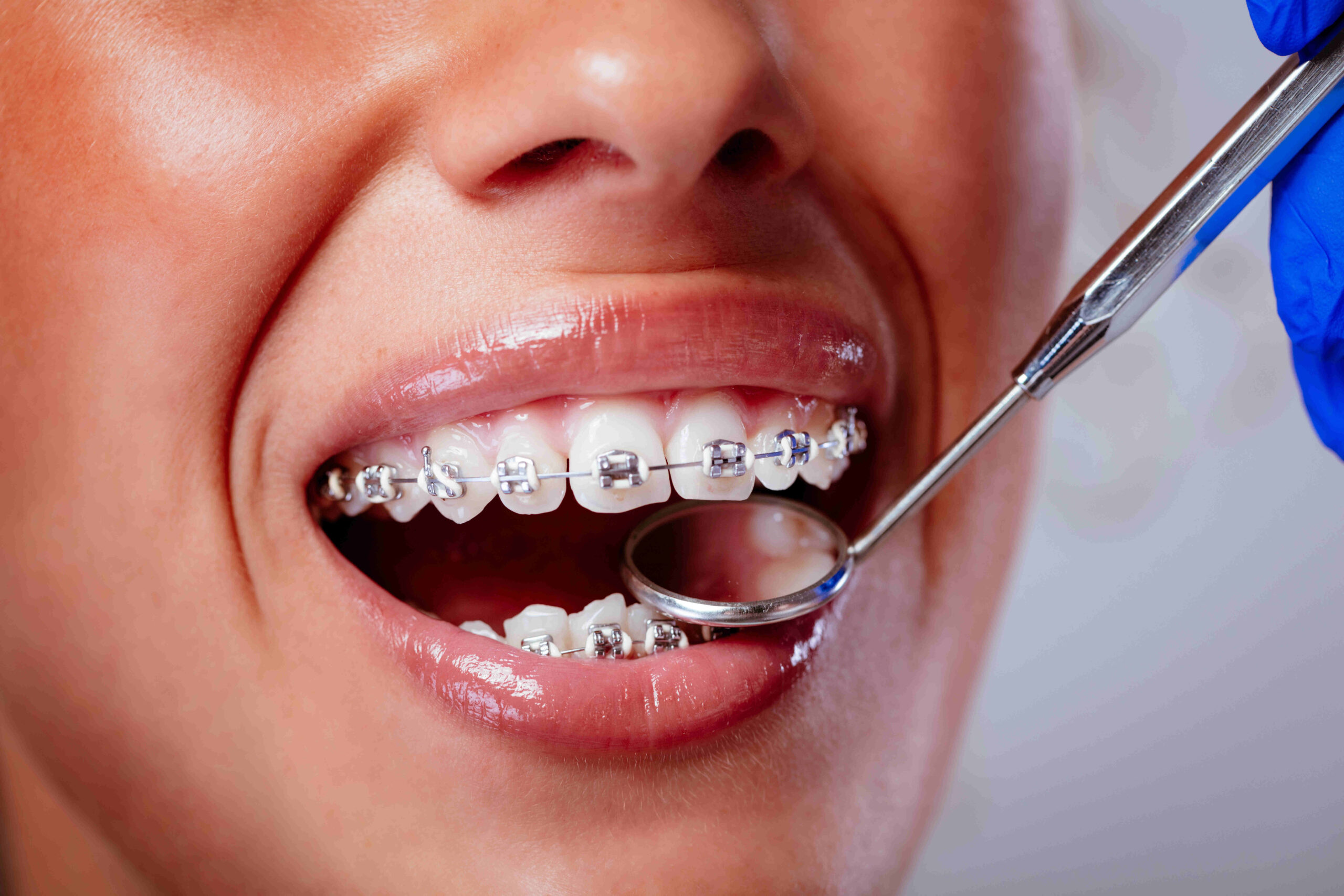Are you curious about how Invisalign for adults can provide a discreet and effective solution for orthodontic needs? Invisalign for adults offers a modern approach to teeth alignment, allowing individuals to achieve their desired smile without the visibility of traditional methods. This innovative option caters to adults seeking a subtle yet efficient way to enhance their dental aesthetics.
Benefits of Clear Aligners
Invisalign for adults offers a modern approach to achieving a straighter smile without the need for traditional braces. One of the primary benefits of clear aligners is their discreet nature, allowing individuals to undergo orthodontic treatment without drawing attention to their dental work. These aligners are virtually invisible, making them an appealing choice for adults who wish to maintain a professional appearance while improving their dental alignment. Additionally, clear aligners are removable, providing the flexibility to enjoy meals and maintain oral hygiene routines with ease.
Another significant advantage of using Invisalign for adults is the comfort they provide compared to conventional braces. The smooth plastic material of the aligners reduces the likelihood of irritation and discomfort often associated with metal brackets and wires. This makes the orthodontic journey more pleasant and manageable for adults with busy lifestyles. For those interested in addressing specific dental issues, such as bite correction, exploring options like Invisalign for Bite Correction: Achieve Perfect Alignment can be a valuable step towards achieving optimal dental health.
Invisalign for Adults: An Orthodontic Treatment Options
When considering orthodontic treatment as an adult, there are several options available that cater to different needs and preferences. These treatments are designed to address a variety of dental issues, from minor adjustments to more complex alignment problems. The goal is to achieve a healthier, more aesthetically pleasing smile while maintaining comfort and convenience throughout the process. Adults often seek treatments that are less noticeable and fit seamlessly into their lifestyle, making discreet solutions particularly appealing.
The advancements in orthodontic technology have expanded the range of choices for adults seeking to improve their dental health. With a focus on achieving optimal results, these options provide flexibility and effectiveness, allowing individuals to select a treatment plan that aligns with their personal and professional lives. For those interested in exploring these options further, consulting with Tacoma Invisalign Specialists can provide valuable insights into the most suitable treatments available.
How Aligners Work
Invisalign for adults utilizes a series of clear, custom-made aligners to gradually shift teeth into their desired positions. These aligners are designed to fit snugly over the teeth and are typically worn for about two weeks before being replaced with the next set in the series. The process involves gentle and controlled forces that target specific teeth at different stages, ensuring a precise and effective alignment. As the aligners are nearly invisible, they offer a discreet option for adults seeking orthodontic treatment without the noticeable appearance of traditional braces.
Comparing Aligners and Braces
When considering orthodontic options, many adults find themselves comparing aligners and braces to determine which is the best fit for their lifestyle. Aligners, such as Invisalign for adults, offer a discreet way to straighten teeth, often appealing to those who prefer a less noticeable treatment. On the other hand, traditional braces are known for their effectiveness in addressing complex dental issues, though they are more visible. Both options have their unique advantages and considerations, making it essential for individuals to weigh their personal preferences and orthodontic needs. For those exploring orthodontic solutions in the area, Tacoma Orthodontics offers a range of options to consider, and you can learn more by visiting the Tacoma Dentist.
Aligners and Oral Health
Invisalign for adults offers a discreet way to achieve a healthier smile, which can have a positive impact on overall oral health. By gradually shifting teeth into their desired positions, aligners can help improve dental alignment, potentially reducing the risk of issues such as tooth decay and gum disease. Properly aligned teeth are easier to clean, which can contribute to better oral hygiene. As adults seek orthodontic solutions that fit seamlessly into their lifestyles, the use of aligners continues to be a popular choice for those looking to enhance their oral health while maintaining a natural appearance.
Duration of Treatment
When considering orthodontic options, many adults are drawn to the discreet nature of Invisalign for adults, but understanding the duration of treatment is crucial. Typically, the length of time required for Invisalign treatment can vary based on individual needs and the complexity of the dental issues being addressed. On average, adults may find that their treatment spans anywhere from several months to a couple of years. This variability allows for a personalized approach, ensuring that each individual’s orthodontic journey is tailored to achieve optimal results. The flexibility in treatment duration makes Invisalign for adults a compelling choice for those seeking effective orthodontic solutions without compromising on aesthetics.
Maintaining Oral Hygiene
Invisalign for adults offers a discreet and effective way to achieve a straighter smile while allowing for easy maintenance of oral hygiene. Unlike traditional methods, this approach facilitates the ability to maintain clean teeth and gums throughout the treatment process. The removable nature of the aligners ensures that individuals can continue their regular oral care routine without any significant disruptions. This aspect is particularly appealing to adults who prioritize both their dental health and the aesthetics of their orthodontic treatment.
Aligners and Lifestyle Compatibility
Invisalign for adults seamlessly integrates into diverse lifestyles, offering a discreet orthodontic solution that aligns with daily routines. These aligners are designed to be unobtrusive, allowing individuals to maintain their professional and social engagements without interruption. The flexibility of wearing aligners ensures that adults can continue enjoying their favorite activities, whether it’s dining out, attending meetings, or participating in sports, all while working towards achieving a confident smile. The adaptability of invisalign for adults makes it a popular choice for those seeking an effective yet subtle approach to orthodontic treatment.
Common Misconceptions
When it comes to Invisalign for adults, several common misconceptions can cloud understanding and decision-making. One prevalent myth is that orthodontic treatments are only effective during childhood or teenage years, leading many adults to believe they have missed their opportunity for a straighter smile. Another misconception is that Invisalign is less effective than traditional methods, which can deter adults from considering this option. Additionally, some people mistakenly think that the process is uncomfortable or overly complicated, which can create unnecessary hesitation. These misconceptions can prevent adults from exploring Invisalign as a viable and discreet solution for achieving their orthodontic goals.
Conclusion
Invisalign for adults offers a discreet and effective way to achieve the smile you’ve always wanted. To learn more, call 253-474-9473 or visit Proctor Braces for reviews.





